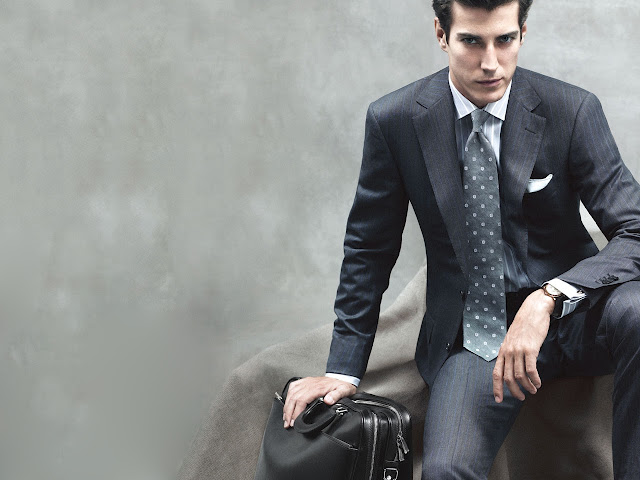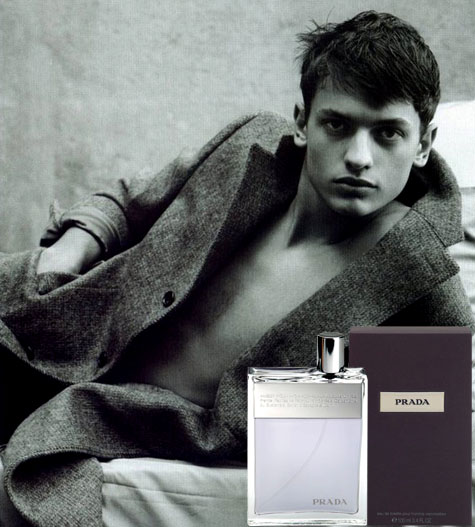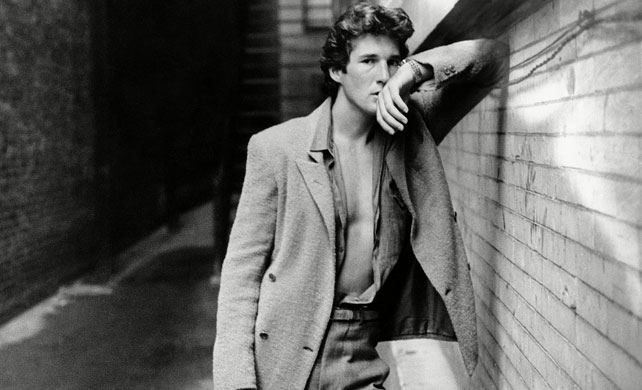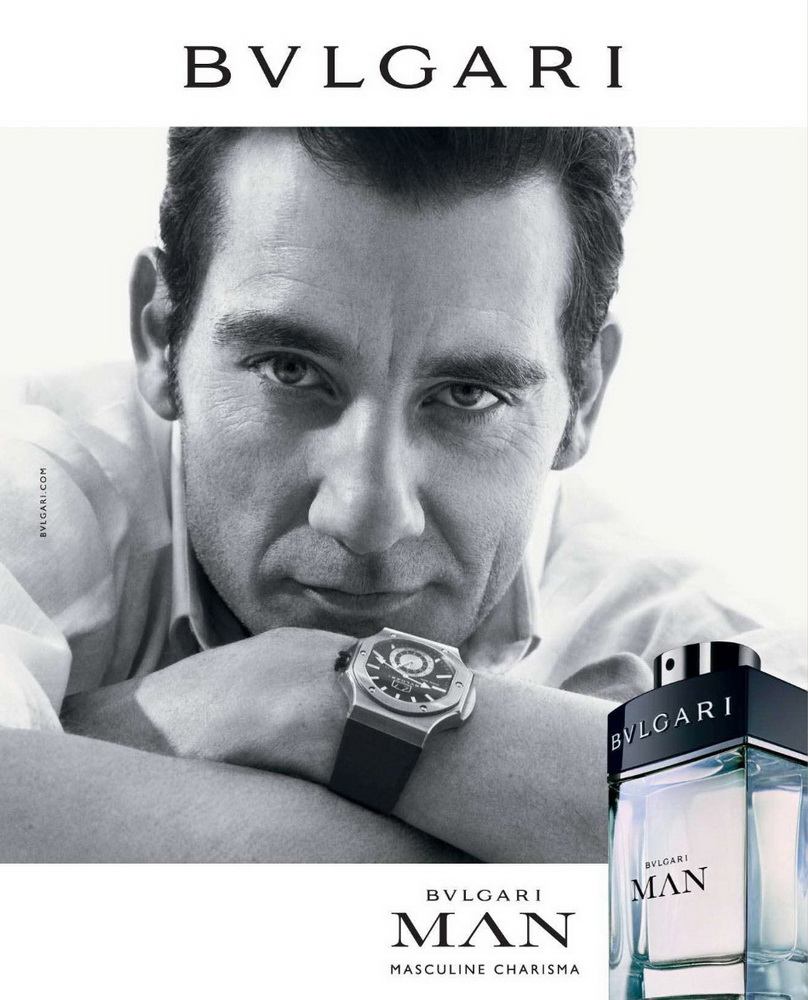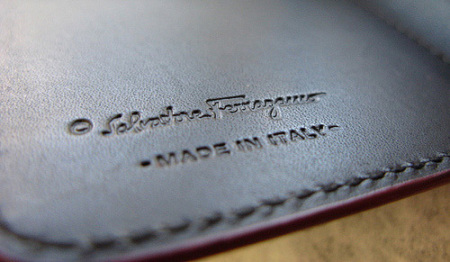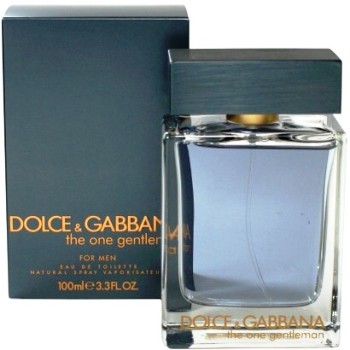April 23, 2012
Co-Founder, creator and artist of A Dozen Roses, Sandy Cataldo, signing bottles
The Tailored Scent
Italian Fragrances for the Modern Man
by Clayton Ilolahia
Mens Contributor
Disclaimer: The views and opinions expressed herein are solely those of the author and/or guest contributors and do not necessarily state or reflect those of
The Perfume Magazine LLC, Raphaella Brescia Barkley or Mark David Boberick.
All content included on this site, such as text, graphics, logos, icons, videos and images is the property of The Perfume Magazine, LLC. or its content suppliers and protected by United States and international copyright laws. The compilation of all content on this site is the exclusive property of The Perfume Magazine, LLC. and protected by U.S. and international copyright laws.
The Perfume Magazine Banner was designed exclusively by GIRVIN and is the property of The Perfume Magazine, LLC. and are protected by U.S.and international copyright laws. Additional Banner information can be found on our ABOUT page.
All images appearing in the banner are registered trademarks of their respected company and are used with permission.
© Copyright. 2011. All Rights Reserved. The Perfume Magazine LLC
Mark Twain once said, “Clothes make the man.” At face value, this could seem like a superficial comment – as we all know it’s what’s inside that counts… right? However, many theorists would agree with Mark Twain’s sentiments that first impressions are created within seconds of meeting someone. These same theorists would also agree that more than 50 percent of communication occurs non-verbally. Given this, you begin to see the way we communicate ourselves to others, simply through the way we dress.
At job interviews, or in our professional lives, for example, those we meet will have formed an opinion of our persona before we’ve even had a chance to put forward our business card. I use this example of a job interview because a friend recently went on one and asked for my advice on how he should dress. In his current role the dress code is smart-casual. But for the job he had applied for, he knew a suit would help stand him in better stead for landing the job – it was all about context.
To fast forward to the end of the story so we can talk perfume - I helped him select a suit, a shirt, a pair of business shoes and I loaned him a tie for the interview. My final question was: “What fragrances do you have and which one do you plan to wear to this interview?” I think for him, shopping for a suit was trauma enough. So I realised I had gone too far with this question when the look I received back was one of complete confusion.
After conducting a small survey amongst my male friends, it seemed many of them found buying a suit an unenjoyable chore, as the choices available to them are overwhelming to say the least. It is common for men to feel unfamiliar with the language of tailoring and this is similar to men buying (or in many cases, not buying) fragrance. At the end of the day, men just want a suit that looks good or a fragrance that smells great. But expressing an opinion or taste in familiar words becomes a challenge that, more often than not they prefer to avoid, sparing them the task of deciding between a two or three button suit based on body shape, or opting not to take the time to understand the difference between a canvassed and fused suit construction. When it comes to perfume, making an informed choice between an eau de toilette and eau de cologne, a fougere or an oriental is simply left to the choice of a department store sales clerks.
As I am discussing some examples of Italian perfume in this month’s article, my experience of taking a friend suit shopping bares some relevance given Italian tailoring is arguably the best in the world and my friend wanted to look his best for the interview. And if we look at Italian perfume, a high percentage of men’s perfumes from Italy bare the name of a leading tailor or fashion brand such as Ermenegildo Zegna, Giorgio Armani, Kiton, Brioni, Gucci, Prada or Salvatore Ferragamo.
For most consumer products, declaring the item’s country of origin is merely a standard procedure for exportation, but For Italy, it has become a brand unto itself. The “Made in Italy” label is a respected mark of quality unparalleled in Europe. The Swiss have their watches after the French Protestants, many of whom were watchmakers, fled to Switzerland during the religious wars of the 16th century.
The Spanish, on the other hand, have perfected their ability to work with leather as they were introduced to the craft under Arab rule many centuries ago. Italians have mastered a number of art forms and crafts with know-how that has been handed down from generation to generation over many centuries. This makes products that are made in Italy some of the most desirable in the world. Even iconic names in French fashion use Italian know-how to realise their designs. A quick look through my wardrobe revealed a Lanvin blazer, Yves Saint Laurent shirt and Christian Dior tie – all quintessentially French, yet they carry a label inscribed with “Made in Italy.”
And while fashion historians can clearly identify an Italian signature in fashion, looking for a similar identity in Italian perfume proves more elusive. Last year I had the fortune of spending an afternoon with Florentine perfumer, Lorenzo Villoresi and we discussed the notion of an Italian perfume style. His feeling was that Italy has never had a school of perfume or a group of perfumers that have created a collective style – and if a style or signature could be applied to Italian perfume it would be governed more by the raw materials used in perfumery instead of the style in which the perfumer works with them. Bergamot from Calabria, iris rhizomes from Florence and violets from Parma are just some of the raw materials that have developed a reputation for being inherently Italian.
When you look at how men’s fragrances in Italy have evolved, you can see a symbiosis between fragrance and fashion given that most men’s fragrances are branded with fashion names. An example is Dolce & Gabbana who during the mid nineties were making fashion and ad campaigns that were confident and overtly sexual. As a result their perfumes were also marketed in this way. Dolce & Gabanna Pour Homme (1994) had a waft that stretched on for miles; a perfect scent for the nineties single man. The brand’s D&G By series (1998) had bottles dressed in animal print and were full of innuendo. As fashion has evolved so have the perfumes. Dolce & Gabanna The One Gentleman (2010) represents the new Italian male, a neoclassic, refined man who has reinterpreted traditional values into his modern world.
When I think of Italian fashion design, Prada has always struck me as having a voice of its own. This is undoubtedly why Prada has such a successful brand story. Miuccia Prada, granddaughter to the brand’s founder entered the family’s Milanese business in the late 1970s and she has gone on to become one of the 21st century’s most influential designers.
Prada’s design aesthetic is renowned for its unconventional, yet easy-to-wear style and her designs often reinterpret technical fabrics reserved for modern apparel into traditional forms. This contrast between old and new is evident in both the designer’s work in fashion, as well as her olfactory creations. Prada Amber Pour Homme (2006) is an example of Miuccia Prada’s definitive style. The designer had a personal hand in creating this first masculine fragrance with the marvellous perfumer Daniela Roche-Andrier. Although masculine amber scents were available in the niche market before 2006, the brand made a bold move to present such a scent to a wider audience. Prada’s amber, like the brand has androgynous appeal and perfumer Daniela Roche-Andrier shows off her expertise of pairing synthetics with high quality raw materials.
The result is a soapy oriental scent that in many ways smells wonderfully natural but at the same time, it is unlike any other fragrance and it’s completely out of this world. The scent is built around four key perfume accords, with amber being the principal accord. The second is a fougere accord, which brings a barbershop freshness to the scent. The third is a classic cologne accord, filled with Mediterranean citrus fruit. The final accord is a modern leather composition that once again shows Prada’s commitment to pushing boundaries whilst still respecting tradition. Like the brand’s prêt-a-porter line that seeks out new materials or fabrics and uses traditional Italian tailoring to bring them to life as a functional garment, Prada’s fragrances enjoy this play on paradox and they are the perfect accompaniment for the modern man dressed in Prada’s sleek tailored silhouettes.
For a timeless man who is taking a traditional approach to fashion, how can you go past Giorgio Armani’s Eau Pour Homme when selecting a scent to pair with a classic linen suit? A master of men’s tailoring, Giorgio Armani’s designs have remained a benchmark of style since the world was introduced to the North Italian designer via Richard Gere’s character in the 1980 film, American Gigolo. Armani inspired this generation of men to wear silk, linen and unstructured Italian cotton suiting; ideas that, at the time, were completely unheard of on London’s Saville Row. Although olfactory success came a little later with Acqua di Gio in 1996 (the best selling men’s fragrance in the world), Armani Eau Pour Homme, the house’s first fragrance, captures the mood of this fashion era by following Dior’s wonderful Eau Sauvage with an aromatic citrus fragrance for the hedonistic 1980s man. Fresh citrus notes are paired with herbal notes of basil and lavender. Oakmoss and sandalwood provide a mossy-wood base so typical of this genre and an indispensible piece of every man’s grooming kit. While nowadays, fougeres and aromatic men’s fragrances are a dime a dozen it always pays to have at least one in its pure form to select from when deciding on the day’s perfume.
Bvlgari is a company that has made a name for itself in high-end jewellery. Today the Italian jeweller is also recognised for other activities amassing a male fan base for its timepieces and fragrances. Unlike fashion, trends in watches and fine jewellery evolve at a much slower pace so it is common for watch-brand perfumes to evolve at a similar speed. One of the house’s more recent releases, Bvlgari Man (2010) represents a newer breed of masculine perfume that wears close to the skin to create a reaction of “you smell great” instead of “I like the perfume you are wearing”. While fashion brands have evolved into this style, Bvlgari have provided this type of scent for many years, whether it be Eau Parfumee au The Vert (1992) created by the master of transparent scent, Jean-Claude Ellena or Bvlgari Pour Homme (1996) by Jacques Cavallier. Bvlgari Man continues in this vein using aquatic lotus and violet florals with transparent woods and musk. What I enjoy most about this fragrance is the use of honey and amber to create an oriental structure without any weight or powdery sweetness that is often an unavoidable characteristic in this style of perfume. The peculiarity of a fragrance like Bvlgari Man is that it talks at such a low volume you can easily mistake it for not saying anything at all, but on closer inspection it is a microcosm of activity housing everything from marine notes, to floral notes, to oriental notes and woody notes.
So what would be my suggestion to someone dressing to impress, particularly in the situation of a job interview where they have no prior knowledge of the type of person they will meet in the interview room?
My recommendation leans more towards something like Bvlgari Man. This type of fragrance feels effortless yet sufficiently considered. It is timeless and hard not to like. It smells great yet it will remain your silent companion allowing you to shine.
In terms of dressing I only have a few basic suggestions:
• Detail is the most important thing- always invest in having sleeves and trousers tailored to the correct length and ensure your shoes are polished
Detail is the most important thing- always invest in having sleeves and trousers tailored to the correct length and ensure your shoes are polished
• If you are on a budget, wait for end of season sales and invest in a quality Italian suit
If you are on a budget, wait for end of season sales and invest in a quality Italian suit
• Select suit colours that will not date. Shirts and ties are where you can inject some seasonal colour into your wardrobe
Select suit colours that will not date. Shirts and ties are where you can inject some seasonal colour into your wardrobe
• If you are not confident with your abilities in the fashion department, look for ideas in the store windows or on mannequins. A professional has been paid to put them together so it is likely they knew what they were doing
If you are not confident with your abilities in the fashion department, look for ideas in the store windows or on mannequins. A professional has been paid to put them together so it is likely they knew what they were doing
• Whether it is perfume or clothing, when in doubt always ask a friend for their opinion
Whether it is perfume or clothing, when in doubt always ask a friend for their opinion
CLAYTON ILOLAHIA | Contributor

